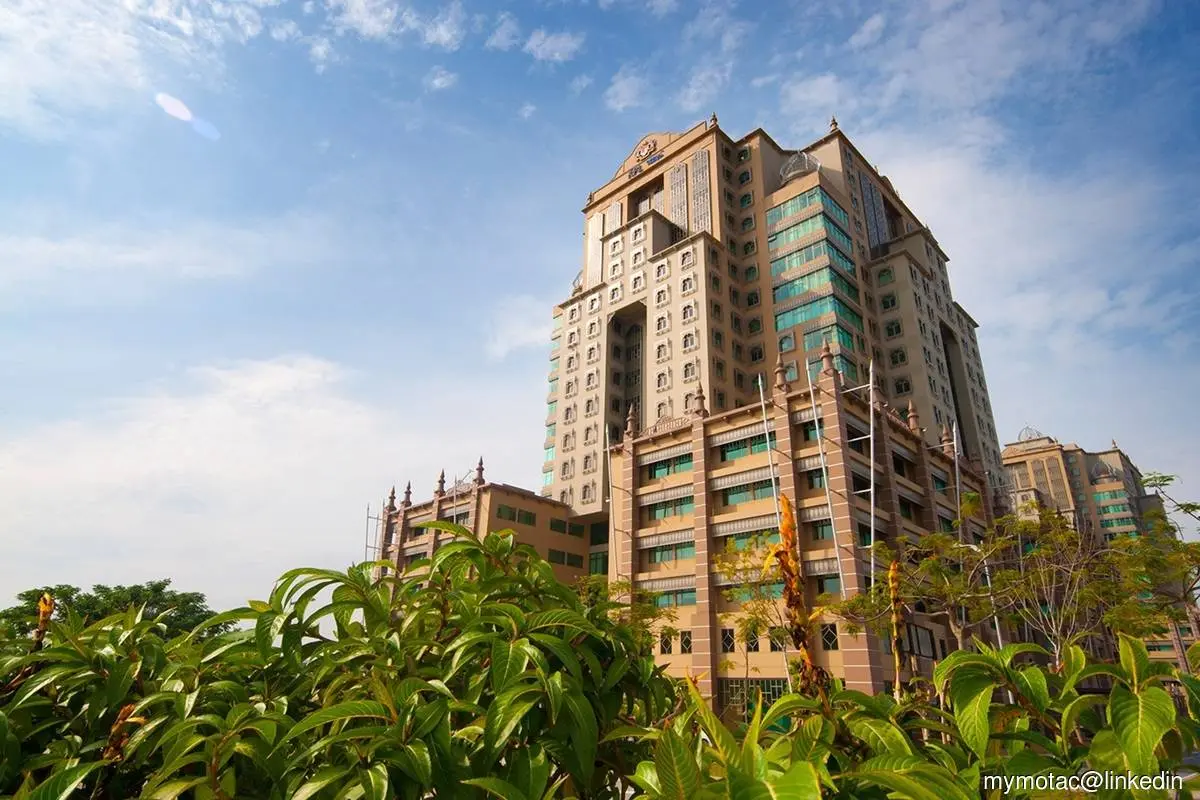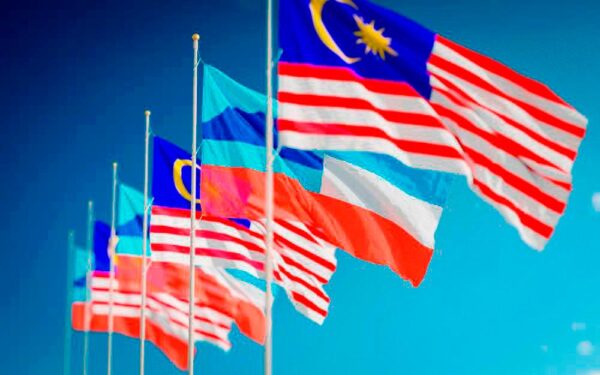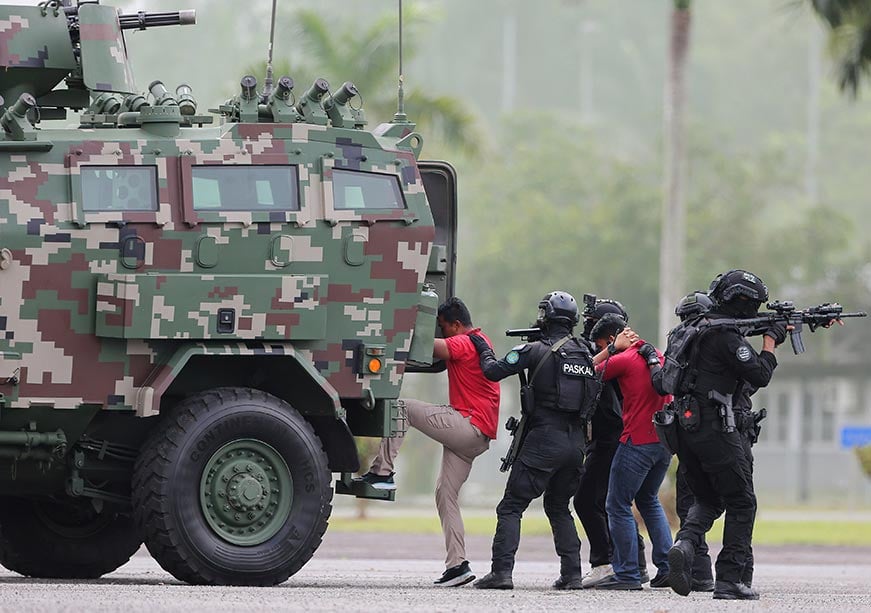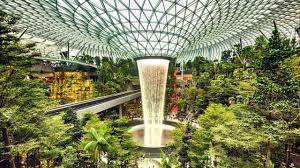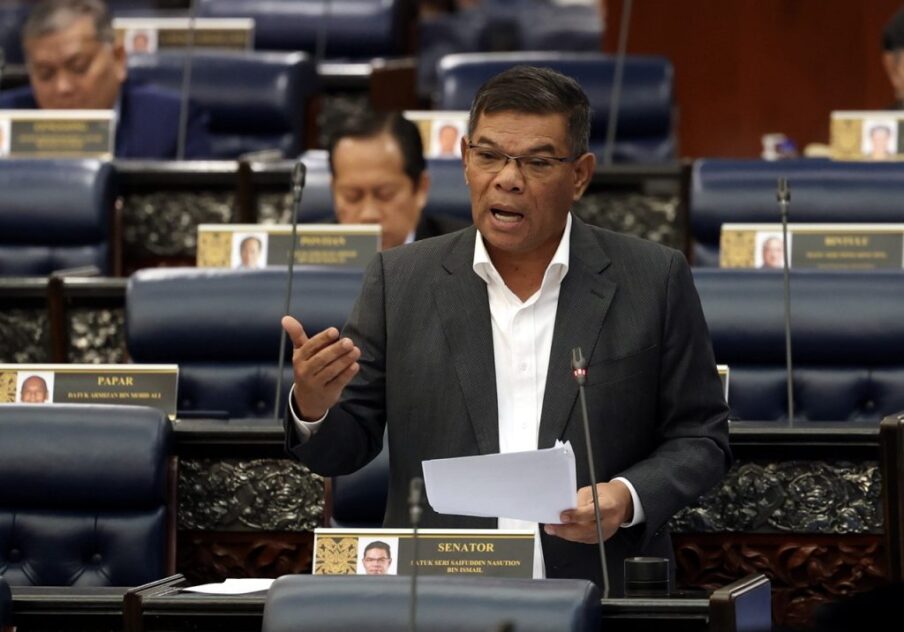LAST Wednesday, I was puzzled when reading the heading of a report “Tourism Act review set for completion by early 2025, says MOTAC”. But it is already mid-May and must be a typo error, as the first paragraph stated that it would be completed in the first quarter of next year.
The Tourism, Arts and Culture Ministry (MOTAC) said the review began in August 2023 and involved 54 engagement sessions with nearly 1,000 stakeholders that included representatives from various ministries, agencies, NGOs, and tourism industry players, both locally and abroad.
The Tourism Industry Act 1992 requires more than just reviews. It needs to be revised if not overhauled, or better still be replaced with a new Act. Over the past 33 years, the world has been transformed by many changes and disruptions, which will not abate in the coming years.
With ever changing landscapes and tectonic shifts, it would be tough for any industry to keep pace with developments. A clear example is the automotive industry where we are witnessing the steady but imminent demise of legacy brands, with large car makers still stuck in their old ways.
It is even more challenging with the tourism industry, which many stakeholders fail to fathom. Many industry players perceive tourism in much the same way as a group of blind men each touching just one part of the elephant’s body and describing it as the whole animal.
Many could not distinguish between the travel and tourism industry. Also, travel industry players would automatically assume that “outbound, inbound and domestic” are limited to tours only, but they constitute a very small percentage of revenue in inbound tourism, and more so for domestic.
The tourism industry is humongous with several large sectors and countless smaller ones. All have one thing in common, they are not in silos but overlap many other industries.
Hence, those who claim they are in the tourism business may not really know what they are talking about.
Likewise for those in the travel business or calling themselves a travel agent. If their business is licensed to operate a travel agency, then the company is only permitted to act as agents for principals such as airlines, hotels and theme parks, but not to organise tours to sell and operate.
If they are licensed for outbound, then they may organise, sell and operate tours overseas, usually in a series for groups with same itineraries but different departure dates. Reputable outbound tour operators get to handle the more lucrative incentive tours for high achievers.
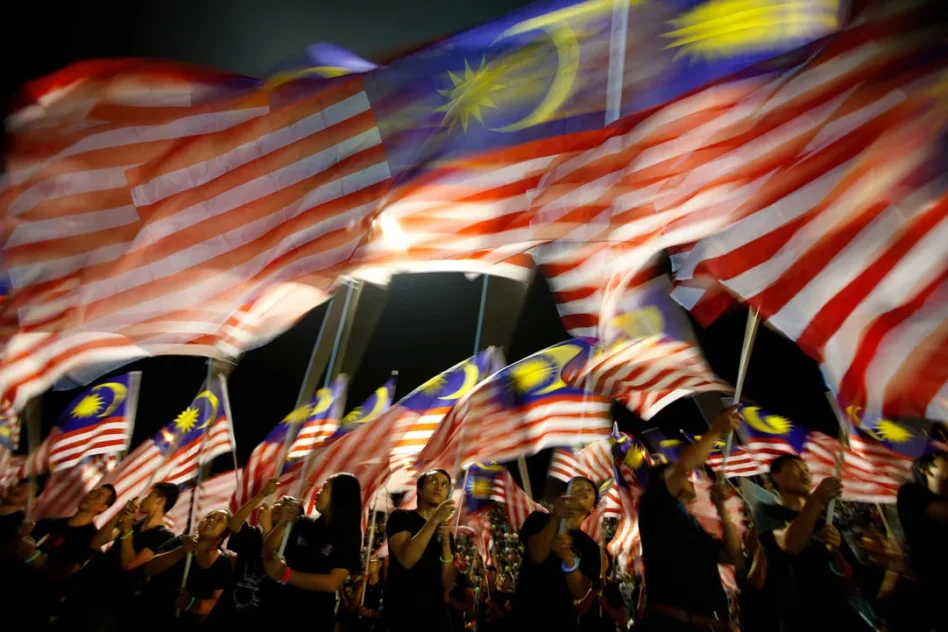
If they are licensed for inbound, then they may accept reservations before incoming tourists enter our country and provide inbound tours upon their arrival. They are also permitted to offer their services to Malaysians and foreigners already in the country and conduct domestic tours.
Contrary to popular belief, most customers for domestic tour packages are not Malaysians but foreign tourists who are already here and buy tour packages after their arrival and also foreigners residing here. They can be working or studying in Malaysia, or family members of expatriates.
The top two sectors in the tourism industry are retail trade and food and beverage. As far back as 2019, around 3.6 million people were already employed in the tourism industry, with 34.7% in the retail trade and 32.5% in food and beverage, or a total of 67.2% in just these two sectors.
In terms of revenue, total tourism receipts in 2019 were RM240.2 bil, with 46.2% earned in the retail trade and 18% from food and beverage, or a total of 64.2%.
In 1975, licensing of tourist guides was introduced by the Tourist Development Corporation (TDC) under the Trade and Industry Ministry.
In 1987, travel and tour companies were licensed under “Tour Operating Business and Travel Agency Business” regulations introduced by the newly established Culture and Tourism Ministry, which also took over the training and licensing of tourist guides.
Most of the staff in TDC were involved in marketing Malaysia and they were absorbed into the Malaysia Tourism Promotion Board (MTPB) or Tourism Malaysia for short.
Later, the ministry’s name was changed four times and ended with its present name and acronym as MOTAC.
Hence, MOTAC is involved in licensing as a regulator and a promoter for tourism, arts and culture in Malaysia. Its four objectives are spelt out next to the ministry’s policy statement. In addition, it is committed to the Client’s Charter and various Key Performance Indicators (KPIs).
Aside from the arts and culture, MOTAC’s success is best measured by the health of the tourism industry and must therefore facilitate a conducive business environment as much as it regulates.
The thumbs up given by industry players and visitors ripple far and wide over social media, and they have far greater reach and are more effective than all the claims and tourism promotions. – May 16, 2025
YS Chan is master trainer for Mesra Malaysia and Travel and Tours Enhancement Course and an Asean Tourism Master Trainer. He is also a tourism and transport business consultant.
The views expressed are solely of the author and do not necessarily reflect those of Focus Malaysia.
Main image: Wikimedia Commons


